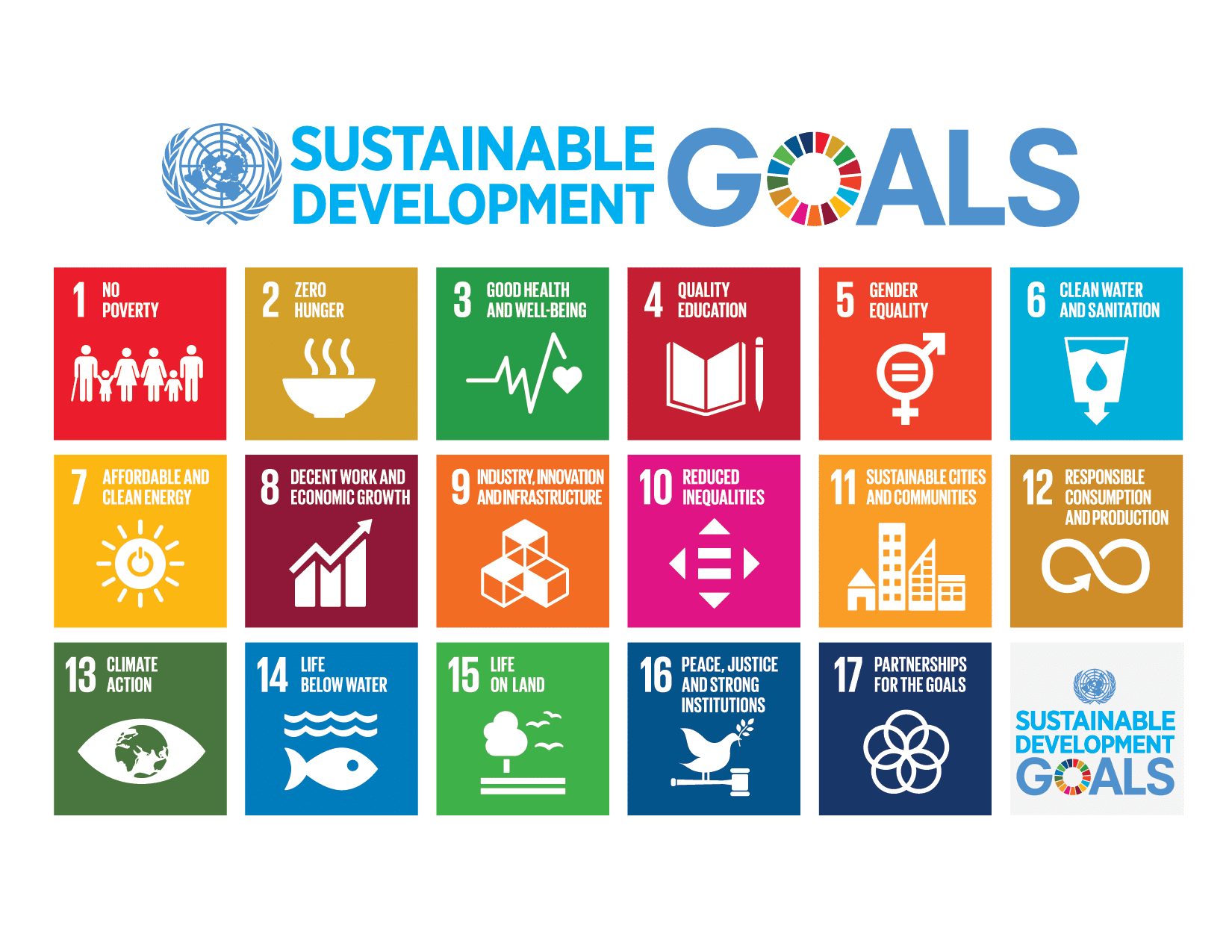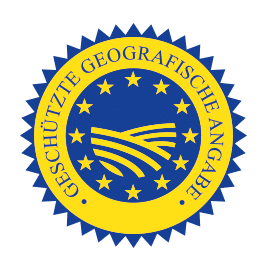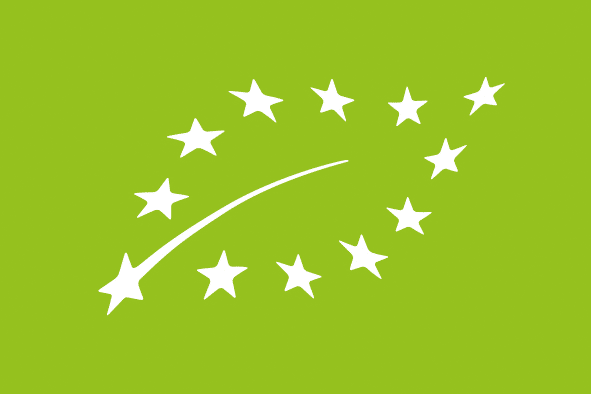News, sustainability
Certified climate protection projects
to offset the greenhouse gases we generate
As can be read on our sustainability page, our strategy is: Firstly, to avoid and reduce greenhouse gases wherever possible. This is achieved through numerous different measures and projects that we actively support and promote at our company site, in our region, as well as throughout Styria and Austria. This includes, among other things, wild bee protection and the promotion of biodiversity through our flowering strip initiative, expansion of our photovoltaic systems, and sourcing 100% green electricity for our production, and much more. Only as a last resort, the amount of greenhouse gases that persist despite all our efforts is compensated for with certified international climate protection projects by Fokus Zukunft, ensuring that the Steirerkraft and Mutter Natur brands (PCF, Scope 3) are carbon neutral. We do this voluntarily, out of conviction, and with a sense of responsibility for a habitable Earth.
What is Fokus Zukunft?
Fokus Zukunft is an independent, external sustainability consulting company for SMEs. The services it offers range from calculating the carbon footprint of the entire company or specific products, to helping companies offset their footprint via high quality carbon credits, to helping companies develop and integrate a corporate sustainability strategy.
Why do we support international projects?
- Globality
Climate change is a global crisis. At the end of the day, it doesn’t matter where in the world the CO2 emissions are generated or reduced – what counts is the sum total of greenhouse gases in the atmosphere. - Impact & availability
The internationally binding Kyoto Protocol says climate protection projects should be located in places where they can make a big impact in terms of avoiding or absorbing greenhouse gases. As a result, most projects of this nature are based in emerging/developing countries where new technology can potentially reduce emissions by a high amount. In addition, conditions in these countries are often far more favourable for renewable energy sources (solar, wind, water, biomass) than is the case in industrialised European countries – where, incidentally, there are very few approved and certified carbon offset projects. - Social responsibility
Besides benefitting the environment, climate protection projects in emerging/ developing countries also help to improve economic, social and ecological conditions for the local populations. This is turn will help the world achieve the Sustainability Goals developed by the UN (see illustration). Emissions trading plays a major role in transferring clean technology to emerging economies and developing countries and thus supporting sustainable economic development.
Why did we choose projects in India?
We chose India because that’s where we source some of our raw goods for international trade (organic seeds for baking, for example). By supporting projects that have a connection to the country, we support the people who live there. Just like the projects we’ve initiated back home in Styria, the aim is to improve biodiversity and quality of life on a local level – in this case, via approved projects in India.
Which climate protection projects does Estyria support to compensate for greenhouse gases?
Wind energy
Where? Gadag, Karnataka, India
What? Wind park to provide electricity for the region
How many tonnes of CO2 does it save? 65,036 tonnes of CO2 equivalents per year
What does the project achieve?Helps close the gap in the electricity supply in Karnataka, India, without generating the anthropogenic greenhouse gases that would otherwise be emitted by a thermal power plant based on fossil fuels (coal, diesel, oil, gas).
Which of the UN’s SDGs does this support? 7) Affordable and clean energy, 8) Decent work and economic growth, 13) Climate action
>> Click here for more information on the project.
Hydropower
Where? On the Baspa River, Kuppa, Himachal Pradesh, India
What? Extensive run-of-the-river power plant for generating clean electricity (approx. 1.3 million MWh/year)
How many tonnes of CO2 does it save? 1,052,463 tonnes of CO2 equivalents per year
What does the project achieve? The construction of this run-of-the-river power plant led to wide-spread general improvements in the local infrastructure (jobs, homes, health care, transport and education). It was built in place of power plants based on fossil fuels and thus helps to save CO2 emissions.
Which of the UN’s SDGs does this support? 1) No poverty, 3) Good health and well-being, 6) Clean water and sanitation, 7) Affordable and clean energy, 9) Industry, Innovation and Infrastructure, 13) Climate action
>> Click here for more information on the project.
Biomass
Wo? Akbarpur, Punjab, India
What? Generating electricity via biomass to power a textile factory
How many tonnes of CO2 does it save? 35,044 tonnes of CO2 equivalents per year
What does the project achieve? The power station creates jobs for qualified and unqualified staff. Farmers are able to earn extra money by selling their biomass.
Which of the UN’s SDGs does this support? 7) Affordable and clean energy, 8) Decent work and economic growth, 9) Industry, Innovation and Infrastructure, 13) Climate action
>> Click here for more information on the projet.
The UN’s 17 Sustainable Development Goals
The 2030 Agenda contains 17 SDGs (Sustainable Development Goals). Together, they form a global plan to promote sustainable peace and prosperity and to protect our planet. After the Agenda was ratified in 2015, countries around the world began developing national development plans in order to achieve the common vision of fighting poverty and reducing inequalities. We likewise intend to include and pursue the goals in the course of our holistic, long-term corporate sustainability strategy.
See here for more information on the individual goals.
Ein kleiner Einblick
The biggest contract grower
of oil pumpkins PGI
Alwera AG, Estyria’s parent company, is responsible for production of the raw goods via a contract farming system. The two companies have for some years maintained the largest PDI area of oil pumpkin in Austria and they know the fields and the farmers personally.
Read moreImmer auf dem neuesten Stand
A
one
stop
shop.
Traditional Styrian
stamp press process
While modernity has brought progress in many areas, the traditional Styrian stamp press process is still the best way of making pumpkin seed oil. The main difference between this and other pressing methods is that we work with open roasting pans. At our plant, people check when the pumpkin seeds are perfectly roasted and so will yield the very best oil. This enables our experienced oil millers to produce the pumpkin seed oil that has won more prizes than any other – and which as a result of this type of pressing retains all the natural constituents. The untreated oil is not filtered; the particles that make it cloudy settle naturally when the oil is left to rest.
Read more



